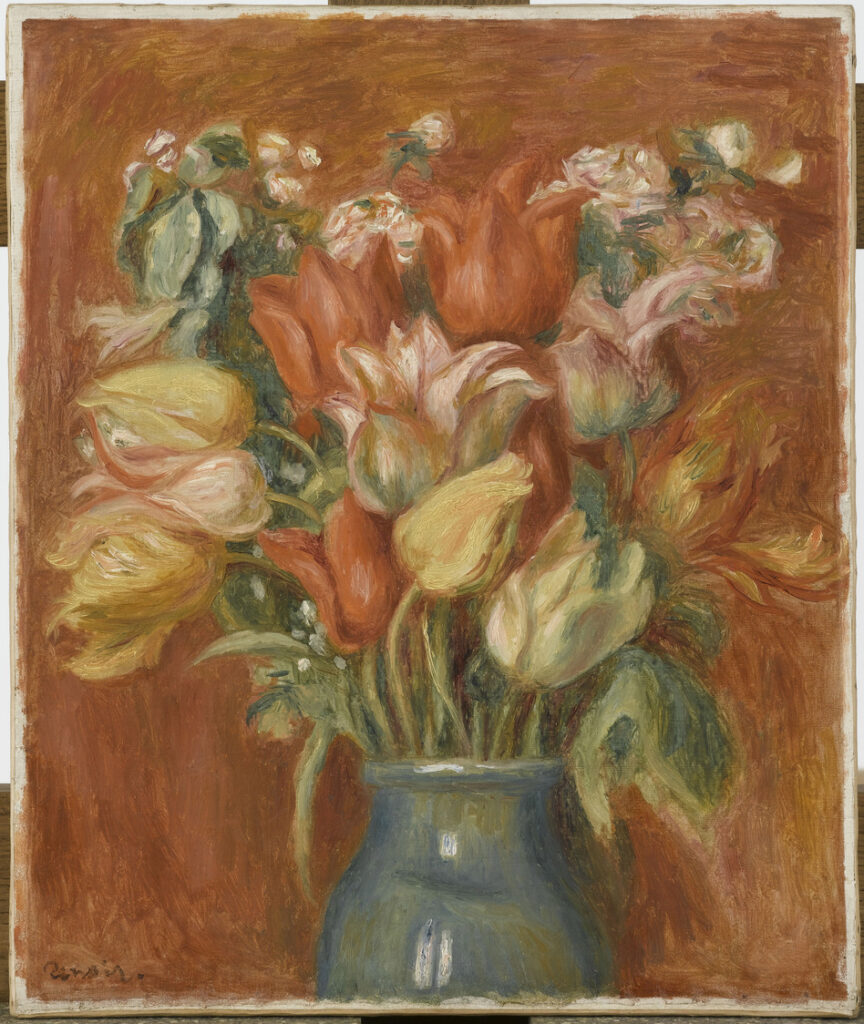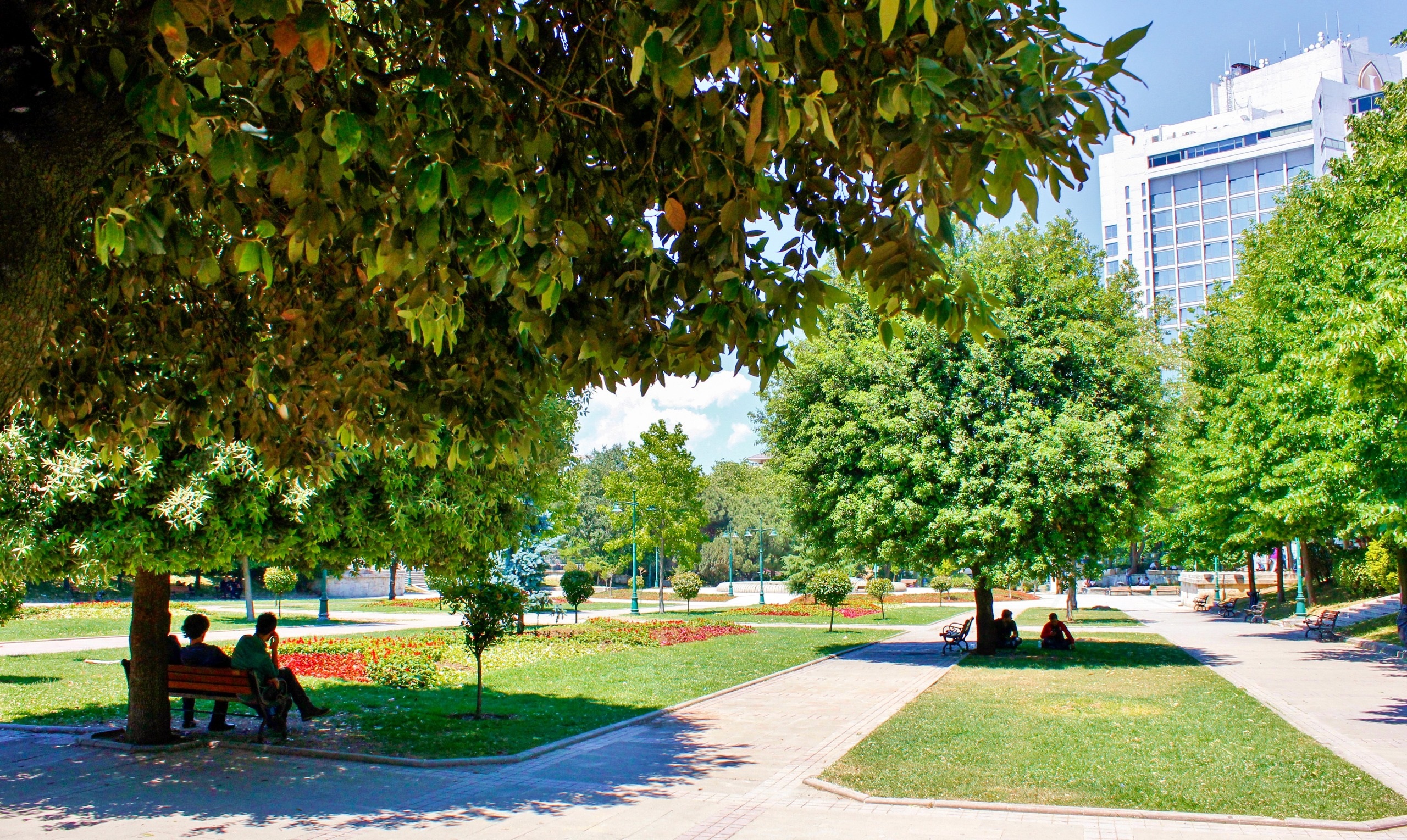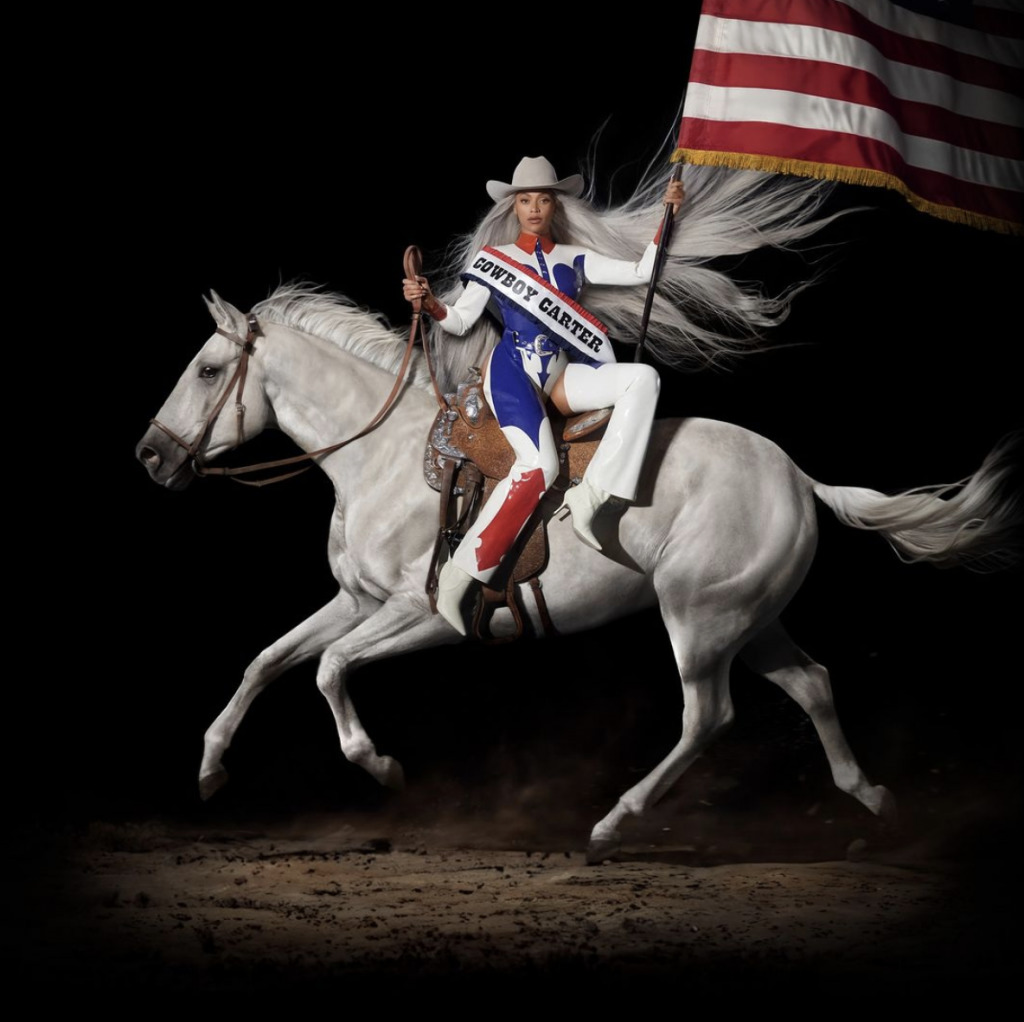Palazzo Reale pays homage to the enduring legacy of Paul Cézanne and Pierre Auguste Renoir through an exhibition that delves into their profound influence on later artistic movements.
Marking 150 years since the founding of the art movement, Palazzo Reale presents an unprecedented exhibition featuring 52 masterpieces by the two Frenchmen on loan from Paris, alongside two by Picasso, whom they inspired. These paintings, dating from the 1870s to the early 20th century, offer a captivating journey through the evolution of art.

Both Cezanne and Renoir were initially part of the Impressionist movement before diverging from its conventions. Cezanne gravitated towards strong geometric structures, while Renoir maintained his vibrant and sensitive touch, as noted by Cecile Girardeau, the curator of the exhibition.
Despite their contrasting personalities and painting styles, the solitary and rather gloomy Cezanne formed a friendship with the jovial Renoir in the 1860s. Their bond endured over the years, with Renoir making several visits to Cezanne’s home in the south of France between 1880 and 1890.
Impressionism emerged in April 1874 when a group of painters, including Cezanne, Renoir, and Claude Monet, among others, broke away from the government-backed Paris Salon to hold their independent show.

Their works were characterized by rapid dabs and brushstrokes that explore the effects of light and color.
Many of the paintings in Milan, on loan from the Musee de l’Orangerie and the Musee d’Orsay in Paris, depict similar subjects, ranging from landscapes to nudes or still life. However, the artists’ approaches varied: from Cezanne’s bold brushworks focused on shapes to Renoir’s more sensual touch that often sought to capture dappled light.
Girardeau, curator at the Musee de l’Orangerie, highlighted the differences between two still life paintings — Cezanne’s “Straw vase, sugar bowl and apples” (1890-1894) and Renoir’s “Peaches” (1881). “Cezanne tried to convey the essential structure of objects, offering us his unique perspective on the world,” she told AFP. In contrast, “Renoir captures the immediacy of the moment, giving us the sensation of the tablecloth’s texture, its folds, the softness of the fruit, and the reflection of light on the earthenware.”

The painters’ personalities are reflected in their paintings. The artists’ workshops have been recreated for the show: Renoir’s from Cagnes-sur-Mer in the south of France and Cezanne’s from his family home of the Bastide du Jas de Bouffan, the family home in Aix-en-Provence.







